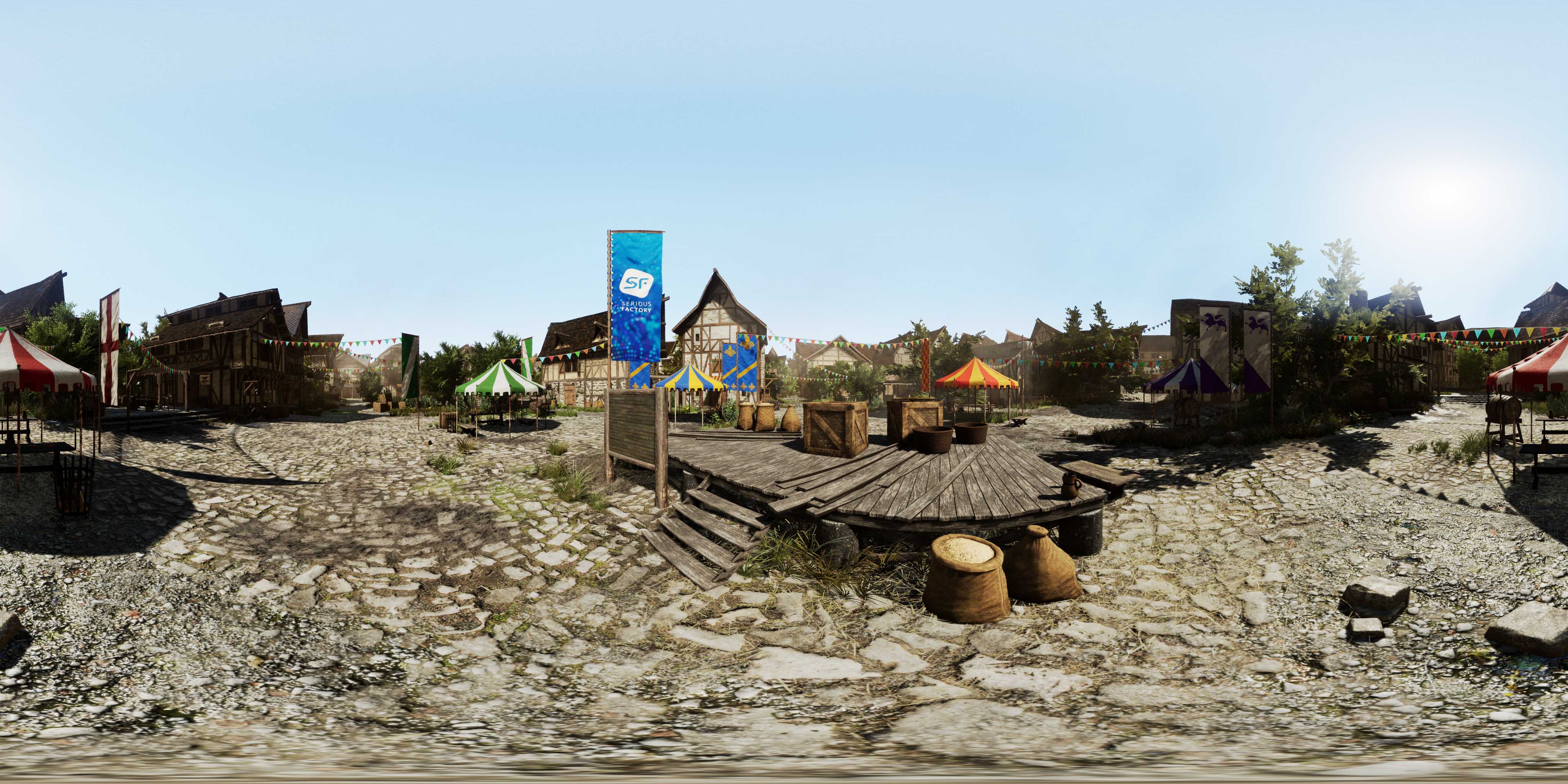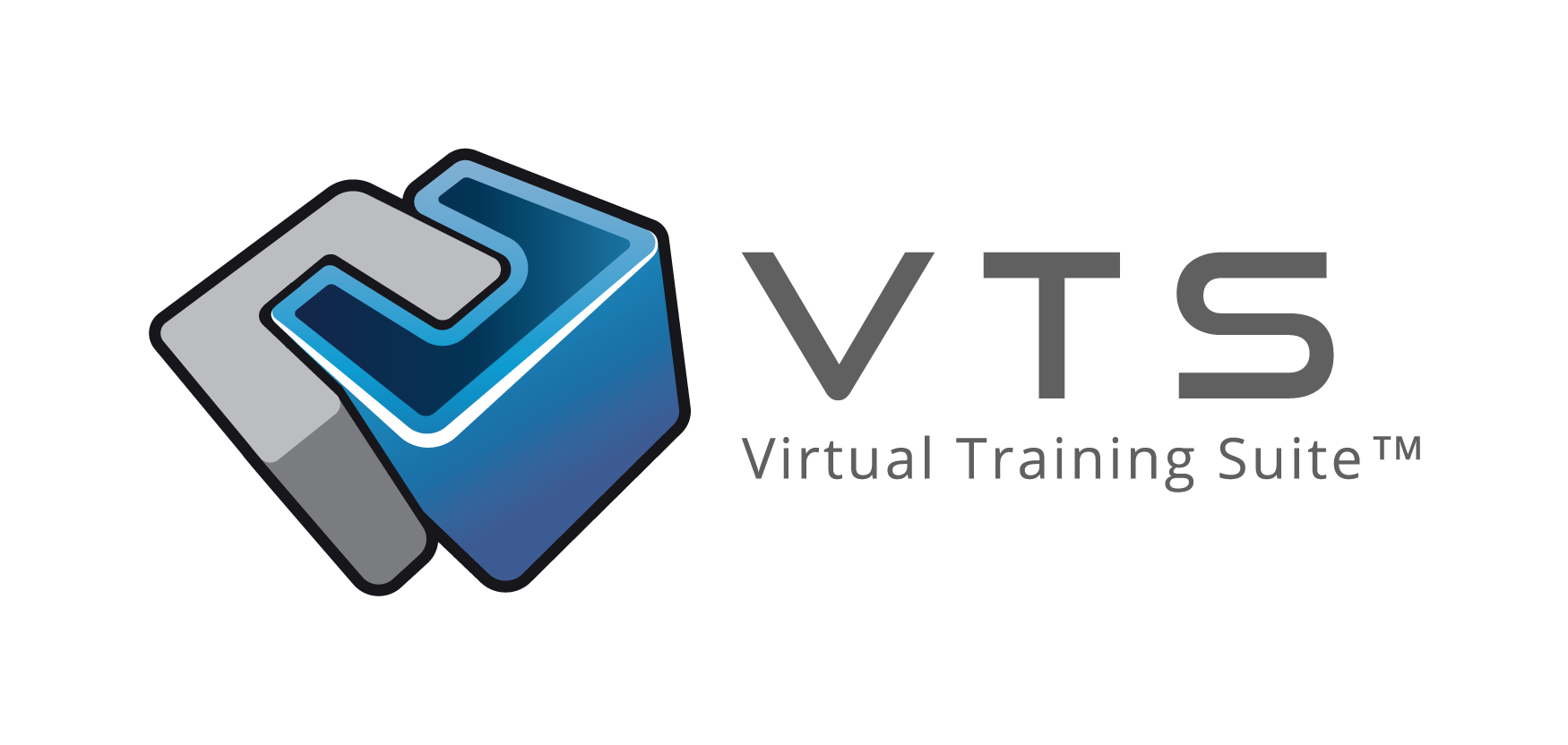Tips for making your 360/VR sceneries
On this page you will find a list of recommendations for making your own 360° and VR (Virtual Reality) sceneries.
Images Creation
These sets accept images called "spherical". These images offer a complete panorama in all directions. The left and right edges are identical and are in 2:1 format (e.g. 4096x2048).
Here is an example of a spherical image used in the Il était une fois au Village experience.

Whether it's to create 360° or VR sceneries, these images will be asked. There are several ways to create them.
Photo shooting
Some cameras are specialised in spherical photography. The market is developing and offers all price ranges with a higher or lower quality. We recommend a camera that can capture in 8192x4096 pixels in order to have sufficient quality when reduced to 4096x2048.
Technical recommendations for taking images :
- Consider the view from the learner's point of view.
- Sitting: about ~1m40 from the ground
- Standing: about ~1m70 from the ground
- VTS Editor only allows one shot to be displayed in front of the people in a scenery. These elements should therefore be avoided. In addition, they are transparent images, which makes the set heavier.
- Avoid moving elements which will appear blurred.
- Take several photos to choose the one with the best rendering
In VR, the learner is immersed as an actor in your Experience. The learner must be able to immerse himself easily in the setting. In order to recreate a realistic environment, VR sceneries require a different image for each eye. This method, known as "stereoscopic images", makes it possible to better visualise the depth of the elements and therefore the 3D aspect. There are VR-compatible devices that capture both views simultaneously (such as the Insta360 Pro for example). This equipment can also be rented, or capture services can be provided directly in your environment. Matterport-type space modellers should be avoided. These devices rarely allow the extraction and reuse of generated elements, images and 3D models.
Here are the Pros and Cons of using photos as 360 sceneries:
- Benefits
- Fast
- Realistic
- Medium cost
- Disadvantages
- Difficulty to stand up straight
- Light to adjust
- Setting up the environment can be complex (no passers-by, elements in the background, ...)
- Modifying the photo requires a second shot
3D Rendering
For optimal quality, these images can be generated using a wide range of 3D modelling software. This involves 3D modelling of your environment.
- 360°: so-called "spherical" rendering that generates one image.
- VR: so-called "stereoscopic" rendering which generates an image for each eye.
custom creation, whether it is for characters or 2D, 360° or VR sets.
We also offer our services on custom creation, whether it is for characters or 2D, 360 or VR sceneries.
- Advantages :
- Optimal quality
- Freedom of creation
- Easy to modify (add/remove elements)
- Optimal lighting
- Better visual coherence with the VTS characters.
- Disadvantages :
- Expensive
- Long
- Less realistic
Buying images
Image sales sites such as Shutterstock offer a large number of spherical photos in various environmental settings.
- Advantages :
- Different qualities
- Cheap
- Disadvantages :
- Manual cutting to make the different shots
- Not modifiable
- Does not necessarily meet the need.
VR Considerations
- Avoid reflective surfaces (particular brightness, lack of reflection of the learner or characters, visibility of the 360° camera, ...)
- Avoid elements that are too close to the camera. The closer an element is to the camera, the greater the spacing between the two images. The human brain will then have to work harder to analyse the scene and will then tire more quickly.
- Avoiding different shots. In addition, these are transparent images, which considerably weigh down the scene.
If you do not have stereoscopic images for a VR set, you can put the same spherical image in both eyes. This should only contain distant elements in the landscape. The quality will be lower but sufficient. However, avoid making two slightly offset 360 pictures. These two images will not be "stereoscopic" and the rotation in the scenery will have undesirable visual effects.
Integration in VTS Editor
The integration part in VTS is well detailed in the Configuration of the environnement part.
- ${ child.title }

